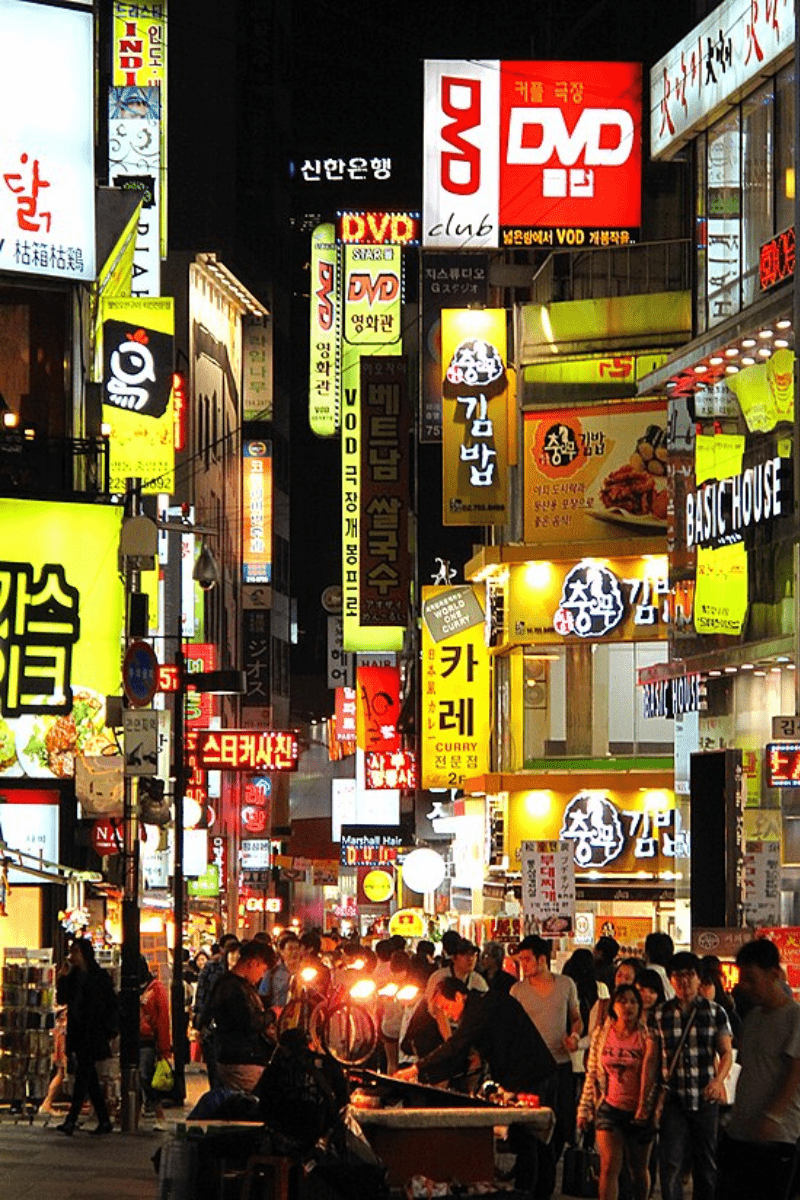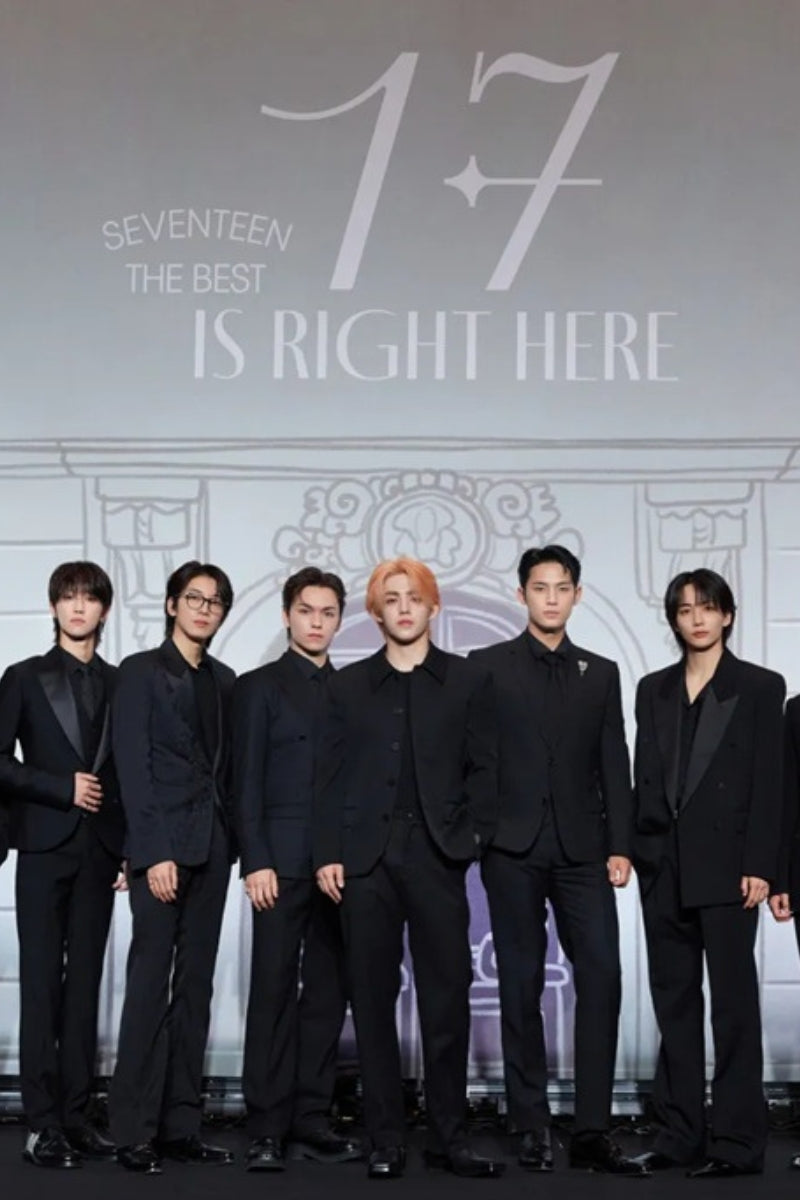Coordinated Curation Replaces Maximalist Product Display
The sophisticated understanding of how product coordination creates visual cohesion requires the same technical precision that defines hand-canvassed suit construction. The five women's neutral ensemble demonstrates how skilled retailers manipulate texture variation, silhouette contrast, and tonal harmony to create individual product distinction across group cohesion—principles that translate directly into contemporary e-commerce merchandising approaches that prioritize aesthetic harmony over overwhelming choice.
The success of coordinated product display depends on understanding how different items interact under various digital viewing conditions, from mobile screens to desktop monitors to social media platform specifications. The canvassing choices that provide structure in traditional tailoring must complement rather than compete with accompanying pieces in curated collections, requiring merchandisers to consider not only individual product appeal but also how each item contributes to overall brand aesthetic when presented spanning multiple digital touchpoints.
Contemporary consumers influenced by K-Pop coordination principles arrive at online shopping sessions with sophisticated understanding of how tonal variation can replace obvious contrast as the primary source of visual interest. They recognize that well-executed coordinated collections require more curatorial skill than randomly assorted alternatives, appreciating the precision needed to achieve distinction without relying on jarring color differentiation—the retail equivalent of jazz musicians finding infinite expression within established harmonic progressions.
The educational impact of seeing successful product coordination creates demand for online retailers that can execute complex aesthetic relationships while maintaining individual item integrity. This influence drives innovation in photography, styling, and digital presentation techniques that support coordinated sophistication rather than treating product curation like a limitation to overcome—a revolution that makes traditional e-commerce's scatter-shot approach look like record stores trying to compete with Spotify's algorithmic precision by means of random CD placement strategies reminiscent of Tower Records managers insisting on chaos over curation in the streaming era.
The technical challenges of coordinated online retail require understanding how different products photograph together under professional lighting, how color accuracy translates via various digital devices, and how styled imagery performs throughout social media platforms. The princess seams that provide structure in traditional tailoring find their digital equivalent in the careful layout principles that organize coordinated collections while maintaining visual flow and purchase conversion effectiveness.
Photography Standards Elevate Digital Commerce Presentation
The precision required for successful K-Pop-influenced product photography translates into online retail presentation standards that serve contemporary consumer expectations. The neutral coordination showcased by the five women demonstrates how retailers can maintain individual product identity across collective aesthetic presentation—lessons that inform how discerning brands construct digital storefronts that serve multiple demographic segments while maintaining coherent visual identity.
The strategic approach to coordinated photography requires understanding how different product categories spanning neutral palettes can serve various consumer preferences while maintaining visual continuity. This systematic thinking about visual presentation reflects broader cultural shifts toward intentional curation and quality-focused consumption that prioritize aesthetic coherence over impulse-driven purchasing—the digital equivalent of building carefully curated wardrobes rather than accumulating random pieces based on fleeting trends, much like how serious music collectors transitioned from Tower Records browsing to algorithmic precision without losing appreciation for artistic curation.
Contemporary retailers influenced by K-Pop coordination principles recognize that neutral-palette photography requires more sophisticated planning than multicolored alternatives, appreciating the strategic thinking needed to create variety within apparent simplicity. This understanding drives demand for photography services that can provide comprehensive brand consultation rather than individual product documentation, requiring professionals who understand both technical execution and cultural aesthetics—an evolution that leaves traditional product photographers scrambling to update their services like department stores trying to compete with streaming-era customer experience expectations while clinging to outdated visual merchandising principles.
The success of coordinated product photography depends on understanding how different styling approaches require different interpretations of neutral sophistication. The same beige palette that creates elegant impact in editorial contexts must adapt to promotional campaigns, social media content, and email marketing while maintaining consistent brand identity—flexibility that requires advanced styling techniques and strategic color management across various digital applications.
The influence of performance-derived photography aesthetics creates opportunities for retail services that specialize in coordinated brand systems rather than individual product shoots, approaching commercial photography like architectural practice where individual elements serve larger design principles while maintaining product appeal and conversion optimization across various marketing applications.
Consumer Psychology Shifts Toward Curated Minimalism
The cultural validation of coordinated aesthetics through K-Pop influence creates psychological frameworks that serve contemporary shopping behaviors while honoring broader cultural values about harmony, quality, and intentional consumption. This cultural foundation creates purchase patterns that serve individual expression while reflecting appreciation for curated sophistication—principles that resonate with consumers seeking authentic rather than performative luxury experiences.
The integration of Korean aesthetic principles with contemporary e-commerce requirements creates shopping experiences that feel both familiar and thoroughly modern. This cultural authenticity validates neutral coordination strategies that traditional Western retail might have considered too subtle or limiting, demonstrating how cultural intelligence can inform commercial decisions that serve both individual preferences and collective aesthetic values.
Contemporary consumers influenced by K-Pop cultural values appreciate coordinated collections that prioritize substance over surface spectacle, recognizing that sophisticated neutral coordination requires more curatorial skill and cultural understanding than obvious pattern mixing or aggressive color blocking. This appreciation drives demand for retailers that can interpret cultural influences while maintaining commercial viability and broad market appeal.
The success of culturally informed neutral coordination creates opportunities for cross-cultural collaboration between retail traditions, sharing aesthetic principles and merchandising techniques that enrich contemporary e-commerce while expanding the range of options available to consumers seeking curated shopping experiences that reflect their cultural values and aesthetic preferences.
The global influence of K-Pop cultural values creates shared visual vocabulary for discussing coordinated sophistication, enabling more effective communication between brands and consumers across cultural and linguistic boundaries. This shared understanding improves shopping experiences while ensuring that product selections honor both commercial requirements and cultural authenticity—a democratization that makes traditional retail's gatekeeping around aesthetic education look like private members' clubs insisting on formal dress codes while the world embraced smart casual sophistication, or luxury fashion magazines clinging to insider terminology like music critics refusing to acknowledge that Spotify made album liner notes obsolete.
Technology Integration Enables Coordinated Commerce
The digital tools that now support coordinated product presentation would astonish the merchants who relied on traditional retail display techniques using only physical materials and intuitive arrangement principles. Contemporary online retailers use color management software, coordinated styling algorithms, and cross-platform consistency tools to ensure that neutral collections maintain aesthetic coherence across different devices, lighting conditions, and seasonal marketing campaigns, providing precision that supports K-Pop-influenced coordination principles while maintaining traditional commercial effectiveness.
The integration of advanced photography technology enables more accurate color representation across different digital platforms, ensuring that coordinated collections maintain tonal consistency despite variations in screen calibration, browser rendering, or social media compression algorithms. This technological precision supports the aesthetic standards established by successful K-Pop coordination while providing practical solutions for global e-commerce implementation across diverse technological environments.
The documentation capabilities of contemporary digital systems create detailed records of successful coordination formulas, enabling retailers to replicate and adapt proven aesthetic combinations for different product categories, seasonal collections, and target demographics. This knowledge preservation supports consistent brand presentation while building institutional expertise in coordinated merchandising principles that distinguish sophisticated retailers from generic alternatives.
The virtual styling technologies that enable customer visualization and coordination assistance provide opportunities for consumers to experiment with neutral combinations before committing to purchases, reducing return rates while building confidence in coordinated shopping strategies. This technological support makes sophisticated neutral coordination accessible to consumers who might otherwise hesitate to abandon more conventional multicolored purchasing patterns.
The data analytics available through contemporary e-commerce platforms provide insights into how different coordination strategies perform across various consumer segments, enabling more informed decision-making about inventory investment, seasonal planning, and marketing message optimization. This information supports strategic coordination planning while building appreciation for the skill required to achieve commercial success through aesthetic restraint and cultural intelligence.
Supply Chain Adaptation Supports Neutral Coordination
The logistics infrastructure required to support coordinated neutral collections creates new challenges and opportunities for global supply chain management. The precision needed to maintain color consistency across different manufacturing facilities, fabric sources, and production timelines requires supply chain coordination that rivals the attention to detail found in bespoke tailoring construction, where every component must contribute to overall quality while maintaining individual excellence.
The integration of neutral coordination principles into global manufacturing requires understanding how different production methods, quality control standards, and shipping conditions affect final color presentation. The armscye construction that ensures proper fit in traditional tailoring finds its supply chain equivalent in the quality assurance processes that guarantee neutral collections maintain tonal consistency throughout the production and distribution cycle.
Contemporary retailers implementing K-Pop-influenced coordination must collaborate with suppliers who understand cultural aesthetic principles while maintaining commercial viability across international markets. This collaboration requires knowledge sharing and quality standardization that transcends traditional vendor relationships, creating partnerships that serve both aesthetic goals and business requirements while respecting cultural authenticity.
The success of coordinated neutral collections depends on supply chain flexibility that can adapt to seasonal color variations, trend evolution, and market feedback while maintaining the core aesthetic principles that define brand identity. This adaptability requires supply chain partners who understand both technical production requirements and cultural aesthetic values, creating sustainable business relationships that support long-term brand development.
The global influence of K-Pop coordination creates opportunities for supply chain innovation that benefits the entire retail industry while maintaining the regional specializations and cultural expertise that distinguish authentic coordination from generic neutral merchandising. This balance ensures continued aesthetic evolution while preserving the cultural foundations that make coordinated collections meaningful rather than merely commercial.
Social Media Integration Amplifies Coordinated Aesthetics
The social media platforms that now showcase coordinated product collections create new opportunities and requirements for retail brand presentation that traditional advertising never addressed. The success of coordination principles across Instagram, TikTok, and Pinterest demonstrates how aesthetic coherence translates into social engagement, creating viral potential that traditional scattered product presentation could never achieve through conventional marketing approaches.
The integration of coordinated aesthetics with user-generated content creates authentic brand advocacy that serves both marketing goals and community building objectives. Customers who understand and appreciate neutral coordination become brand ambassadors who demonstrate product styling through their own social media presence, creating organic marketing that resonates more effectively than traditional promotional campaigns.
The documentation of successful coordination through social media creates educational resources that build consumer appreciation for aesthetic principles while expanding market demand for coordinated collections. This education benefits both retailers and consumers while establishing quality standards that distinguish sophisticated coordination from superficial neutral merchandising that lacks cultural understanding or technical precision.
The global reach of social media coordination content creates international market opportunities for retailers who understand how to adapt neutral principles to different cultural contexts while maintaining core aesthetic values. This expansion requires cultural sensitivity and local market knowledge while preserving the coordination principles that define brand identity across various international markets.
The influence of social media coordination demonstrates how digital platforms can serve cultural exchange and aesthetic education while supporting commercial objectives that benefit retailers, consumers, and the broader fashion ecosystem through improved design standards and cultural appreciation.
Economic Impact on Global Retail Markets
The transformation of online retail through K-Pop-influenced coordination principles creates significant economic implications that extend far past individual brand performance. The shift toward curated neutral collections affects inventory management, production planning, marketing investment, and customer acquisition strategies in ways that influence entire retail categories and supply chain relationships.
The efficiency gained from coordinated collection planning reduces inventory complexity while maximizing outfit combination possibilities, creating better cost-per-wear value for consumers while improving inventory turnover for retailers. This mathematical advantage validates investment in coordination expertise while demonstrating how aesthetic sophistication can serve both cultural and commercial objectives simultaneously.
The premium pricing that coordinated collections can command reflects consumer appreciation for curatorial skill and aesthetic coherence, creating sustainable business models that support investment in quality production, ethical manufacturing, and cultural authenticity rather than competing solely on price reduction or promotional incentives.
The international expansion opportunities created by coordination principles enable retailers to enter new markets with culturally informed aesthetic strategies that resonate across different demographic segments while maintaining brand consistency. This expansion potential creates growth opportunities that serve both business development and cultural exchange objectives.
The employment opportunities created by coordination-focused retail include new professional categories ranging from cultural aesthetic consultants to coordination-specialized photographers, creating career paths that didn't exist when traditional retail prioritized volume over aesthetic coherence and cultural intelligence.
Future Evolution of Coordinated Commerce
The trajectory of coordinated retail development suggests continued evolution toward greater cultural sophistication, technological integration, and global aesthetic standardization that serves both commercial and cultural objectives. The innovations currently supporting neutral coordination will likely create even more precise tools for achieving complex aesthetic relationships while maintaining the cultural authenticity that distinguishes meaningful coordination from generic merchandising.
The integration of artificial intelligence and machine learning into coordination planning will likely create more sophisticated product recommendation systems that understand individual aesthetic preferences while maintaining brand coherence across diverse consumer segments. These technological advances could enable personalized coordination that serves individual expression while contributing to collective brand identity.
The cultural validation of coordinated sophistication through continued K-Pop influence will likely encourage broader experimentation with neutral principles across different retail categories, creating opportunities for aesthetic innovation and cultural exchange that enriches global commerce while preserving regional specializations and cultural authenticity.
The sustainability considerations that drive contemporary retail development will likely create increased demand for coordinated collections that provide maximum versatility with minimum environmental impact, requiring production techniques and business models that support extended product lifecycles while maintaining aesthetic relevance and cultural resonance.
The educational resources that emerge from successful coordination implementation will likely create more informed consumer base that appreciates the cultural intelligence and technical skill required for sophisticated neutral merchandising, benefiting authentic retailers while challenging generic providers who cannot demonstrate genuine aesthetic expertise or cultural understanding.
The professional photoshoot that frames these five women's coordinated presentation represents more than commercial imagery—it demonstrates how sophisticated cultural understanding can inform retail strategies that serve both aesthetic and commercial objectives. The neutral coordination that flows across their carefully styled ensemble proves that technical precision and cultural intelligence can create market advantages that serve individual expression while building sustainable business relationships.
The future of global retail lies not in choosing between cultural authenticity and commercial success, but in finding sophisticated ways to integrate aesthetic principles with business requirements that honor both cultural values and market realities. Like the canvassing techniques that provide invisible support for superior garment construction, the coordination principles underlying successful K-Pop-influenced retail create foundation for commercial success that serves both individual consumers and collective cultural evolution. The conversation continues with each carefully coordinated collection, each perfectly balanced neutral palette, each moment when aesthetic sophistication meets commercial viability in the endless pursuit of retail experiences that honor both cultural intelligence and business excellence.




